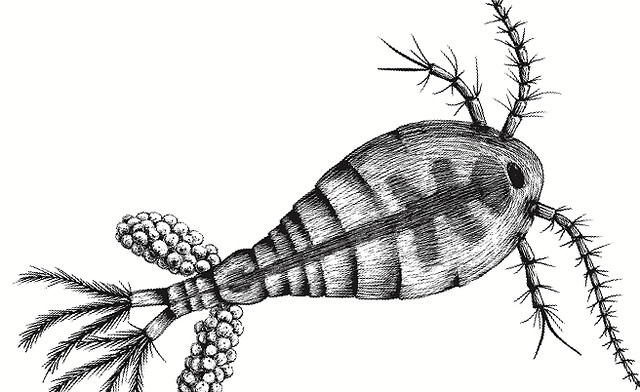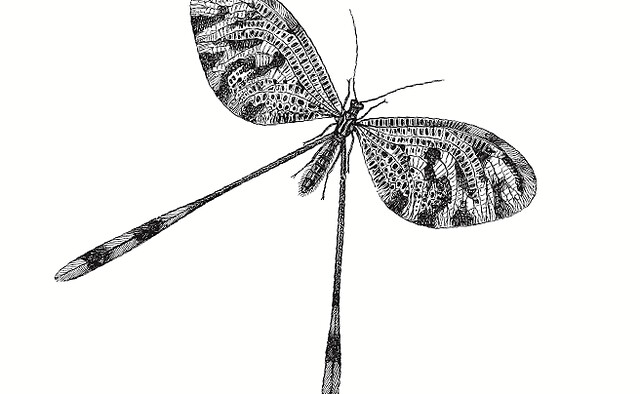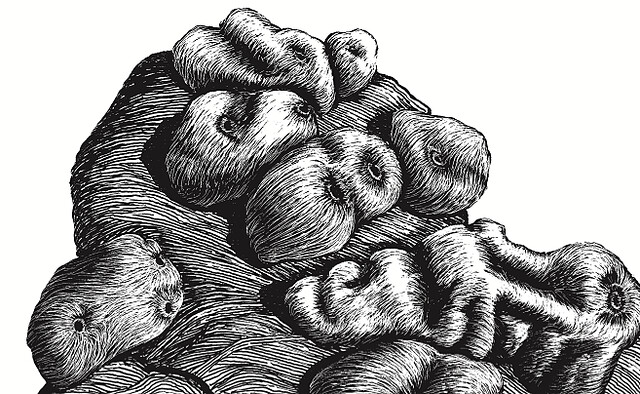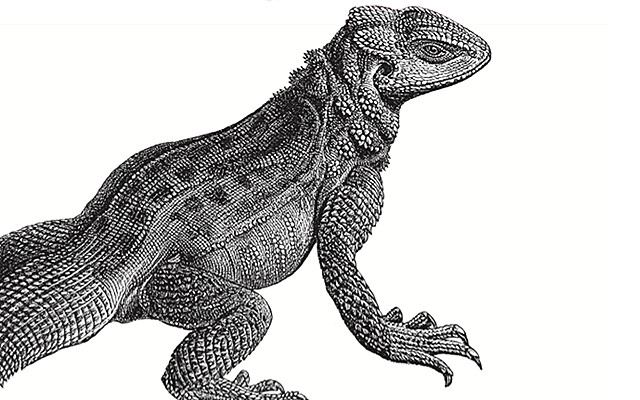Animalia

Zooplankton
Copepoda subclass


Sorry, there is no photo available. If you have one, please submit
here
.
2 POINTS
Play: Copepoda has a MOVE of 1
Fact: Copepoda live both in the sea and in freshwater habitats
cold, cool, warm
Graphic by O'Reillyanimals.oreilly.com/
Copepods (/ˈkoʊpɪpɒd/; meaning “oar-feet”) are a group of small crustaceans found in the sea and nearly everyfreshwater habitat. Some species are planktonic (drifting in sea waters), some are benthic (living on the ocean floor), and some continental species may live in limno-terrestrial habitats and other wet terrestrial places, such as swamps, under leaf fall in […] read more

Thread-winged Antlion
Nemoptera sinuata


Sorry, there is no photo available. If you have one, please submit
here
.
2 POINTS
Play: Nemoptera sinuata has a MOVE of 2
Fact: Nemoptera sinuata undergoes a complete metamorphosis with egg, larval, pupal, and winged adult stages.
cool, warm, hot
Graphic by O'Reillyanimals.oreilly.com/
Spoonwings or Nemopteridae are a family of neuropteran insects. They are also called Thread-winged Antlions. Their flight is delicate and they have a circling flight to avoid walls when they are trapped indoors. The long streamer is conspicuous when the insects are flying and these are the elongated and spatulate hindwings. They are found in […] read more

North Atlantic Right Whale
Eubalaena glacialis


Sorry, there is no photo available. If you have one, please submit
here
.
8 POINTS
Play: Eubalaena glacialis has a MOVE of 2
Fact: Eubalaena glacialis feeds on Zooplankton or Krill SPECIES cards.
cold, cool, warm
Graphic by O'Reillyanimals.oreilly.com/
The North Atlantic right whale (Eubalaena glacialis, which means “good, or true, whale of the ice”), is a baleen whale, one of three right whale species belonging to the genus Eubalaena,[1] all of which were formerly classified as a single species. Because of their docile nature, their slow surface-skimming feeding behaviors, their tendencies to stay […] read more

Lanternfish
Electrona carlsbergi


Sorry, there is no photo available. If you have one, please submit
here
.
5 POINTS
Play: Electrona carlsbergi has a MOVE of 2
Fact: Electrona carlsbergi can also feed on a Zooplankton SPECIES card
cold, cool
Graphic by O'Reillyanimals.oreilly.com/
Lanternfishes (or myctophids, from the Greek mykter, “nose” and ophis, “serpent”) are small mesopelagic fish of the large family Myctophidae. One of two families in the order Myctophiformes, the Myctophidae are represented by 246 species in 33 genera, and are found in oceans worldwide. They are aptly named after their conspicuous use of bioluminescence. Their […] read more

Chicken-liver Sponge
Chondrilla nucula


Sorry, there is no photo available. If you have one, please submit
here
.
3 POINTS
Fact: Chondrilla nucula is a favourite food of the Hawksbill Turtle.
cool, warm
Graphic by O'Reillyanimals.oreilly.com/
Chondrilla nucula, sometimes called the “Caribbean Chicken-liver sponge,” is a sea sponge belonging to thePhylum Porifera. It is an amorphous shaped sponge that grows in flat, sometimes bulbous sheets in benthic communities. It is sometimes found in marginal, stressful systems such as caves. Such sponges are white, lacking access to sunlight, and photosymbionts. It is […] read more

Agamidae Lizard
Phrynocephalus horvathi


Sorry, there is no photo available. If you have one, please submit
here
.
7 POINTS
Play: Phrynocephalus horvathi has a MOVE of 2
Fact: Phrynocephalus horvathi population is declining due to habitat loss, a result of human development.
warm, hot
Graphic by O'Reillyanimals.oreilly.com/
Phylogeny within the genus Phrynocephalus is not well understood yet. There is a lack of data and controversy between opinions regarding both phylogenetic relationships and species vs. subspecies status of the different forms Phrynocephalus helioscopus and Phrynocephalus persicus, also called the “helioscopus-persicus complex”. The most recent works[which?] suggest evidence supporting both. In 2008, Melnikov et […] read more